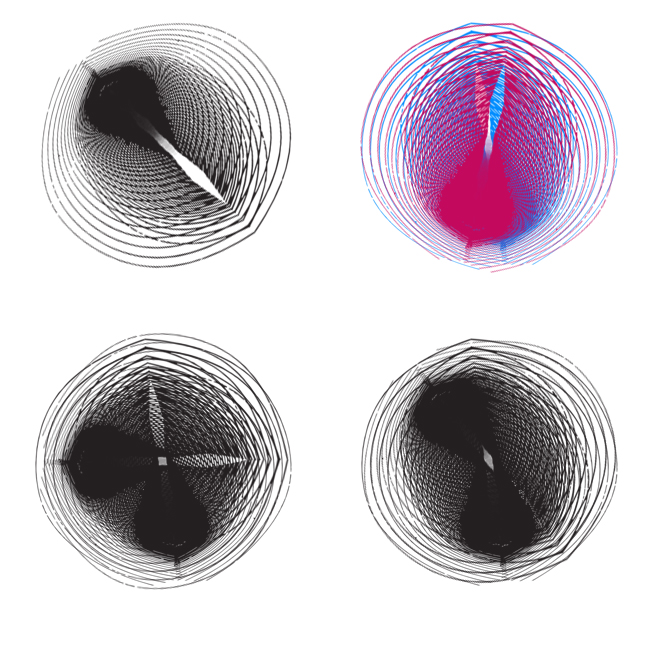I've been learning how file formats work, and I'm interested in how information can be embedded into documents without our awareness. A really interesting technique I recently discovered was Steganography, where text or images can be interlaced into the bits of each pixel in another image and the data can be held there while still remaining below the visual threshold of detection (i.e. the human eye may only be sensitive to, say no less that 5 bits of information per pixel, therefore each pixel with 8 bits of data could have a few strings of digits free to be rewritten). Another interesting technique is to use bicubic resampling of an image to add approximating pixels in as 'noise', which might then be extracted by converting the elements of the file into layers. I'm learning a bit of coding in my spare time to grasp these processes better -- It's all very interesting, however there is a bit more to it than I've described here.
I've used a simpler technique to 'write' the United Nations Declaration of Human Rights into a piece of artwork. I've done this by converting an abbreviated version of the text into a string of binary digits and then, converting it into a black and white image (where a 0 digit might be white, and a 1 digit might be black). I've then mapped a painting I have made onto the binary display, and the result is that I have converted the UN Declaration of Human Rights into art. Human Rights are a topic which deserve much greater attention and time, particularly in our current world and with respect to the technological revolution we are experiencing. Like most artists I'm passionate about human rights and freedom of expression; this is perhaps my way of contributing to the discussion. If you're not concerned about your rights -- and the rights of others, you really should be...
I'll leave it at that.




























